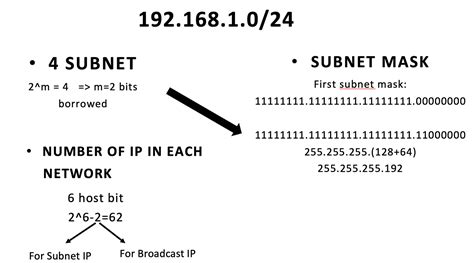An Internet protocol (IPv4) address consists of 32 bits, separated into four 8-bit binary words. When calculating subnet bits, you are attempting to determine the number of hosts available in a subnet based upon the subnet mask. This mask, or the mask bits, display how many hosts are available in the binary IP address. For example, a 24-bit mask leaves 255 hosts open since 24 bits out of the maximum 32 bits leaves an 8-bit binary word, which, when converted to decimal, has a maximum value of 255. Grasping subnet bits can be difficult without an understanding of binary, but it is possible with some effort.
Step 1
Write down your IP address and subnet mask. Since most home network addresses will be in the 192.168.0.1 to 192.168.0.255 range and their subnet masks will be 255.255.255.0, you can start with these numbers if you do not know your own.
Step 2

Convert the subnet mask into binary. Use an online calculator if you need to (see Resources). A subnet mask of 255.255.255.0 will be 11111111.11111111.11111111.00000000 in binary. If you count the ones you will see that there are 24. This makes the mask bits 24. You can refer to your network as 192.168.0.1/24 with this schema.
Step 3

Calculate the subnet bits by looking at the final 8-bit binary word of the 32-bit binary subnet mask. If the final 8-bit binary word is 10000000, then there is one subnet bit and therefore 25 mask bits. If it is 11000000, then there are two subnet bits and therefore 26 mask bits. This continues on down to six subnet bits, where you have reached the minimum network size of two hosts and a single broadcast address.
Keşfetmeye Devam Edin: İlgili Bağlantıları Kullanın
